The Historic Awa Road
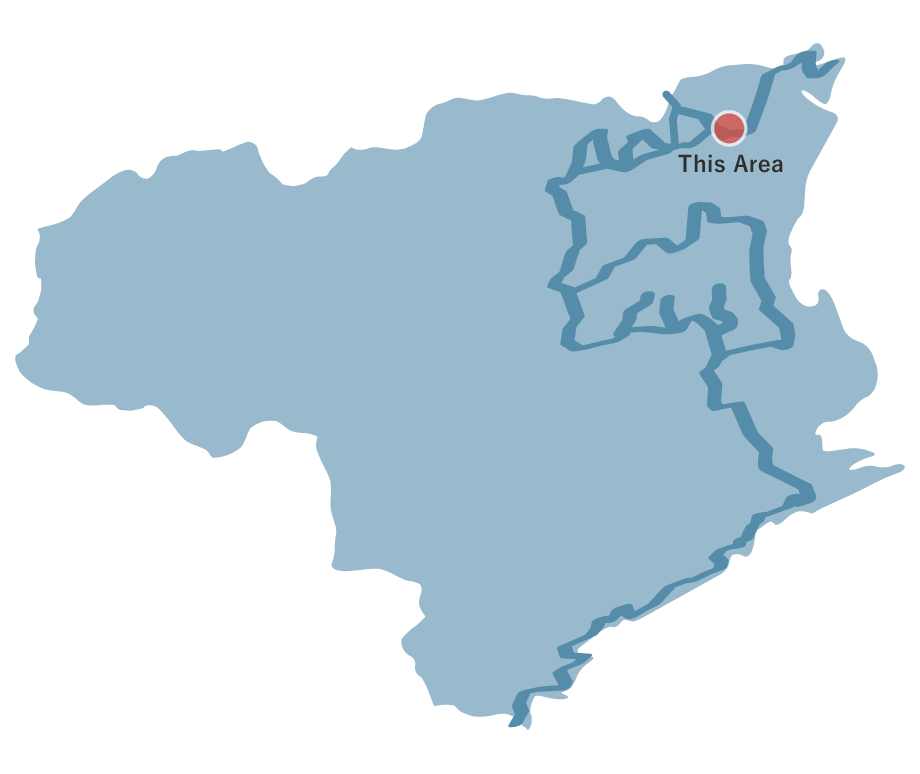
The Historic Awa Road
Oasacho Otani at the starting point is a town of pottery kilns and home to the potters who create their famous, large Otani ware pots.In this area, there are also ruins that predate the Yayoi period, such as the Morisaki Shell Mound, and the region is thought to have been settled since ancient times.Following the fault line known as the Median Tectonic Line that runs east to west of the southern face of the Sanuki Mountains is “Shikoku Road”. The road passes in front of the circular mound with a rectangular frontage on the side of Awa Shrine. The place where the road meets the mountain, you will find the side of the Median Tectonic Line.The pilgrimage season starts soon after the early springtime and once the fields are blooming with rape blossoms and the roadsides are blossoming with lotus flowers and dandelions.
The Historic Awa Road (9.0 km)

 Spots to photograph
Spots to photograph
If you wish to receive a certificate, please take a photo that includes yourself at the designated photo point for each course.
Nearby sightseeing spots

-
1
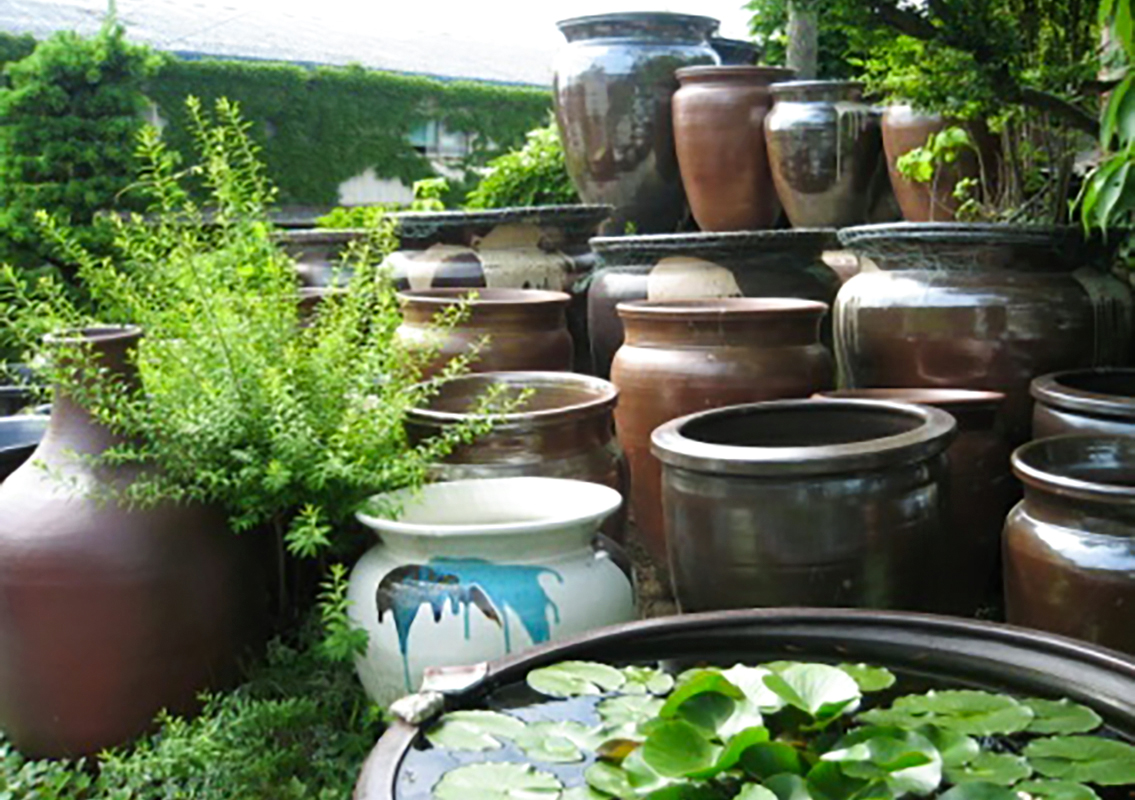 Otani Yaki (Otani Ware)
Otani Yaki (Otani Ware)Over 240 years ago in 1780 (year 9 of the An’ei era), Bunemon, a master potter from Bungo Province (now Oita Prefecture), is said to have started making Otani ware when he used the red earth of Kanigaya to make pottery during his pilgrimage here.At this time, the style of pottery was developed with the encouragement and protection of clan lord Haruaki Hachisuka.After this, craftsmen refined the pottery and began producing large pieces such as water pots. Today, the region’s giant ascending kiln is the largest in Japan.In recent years, Otani ware decoration pieces, ashtrays, tea pots and other such items are produced as works of art. New pieces of pottery for practical use continue to be developed while Otani ware pieces gather accolades as folk art.
-
2
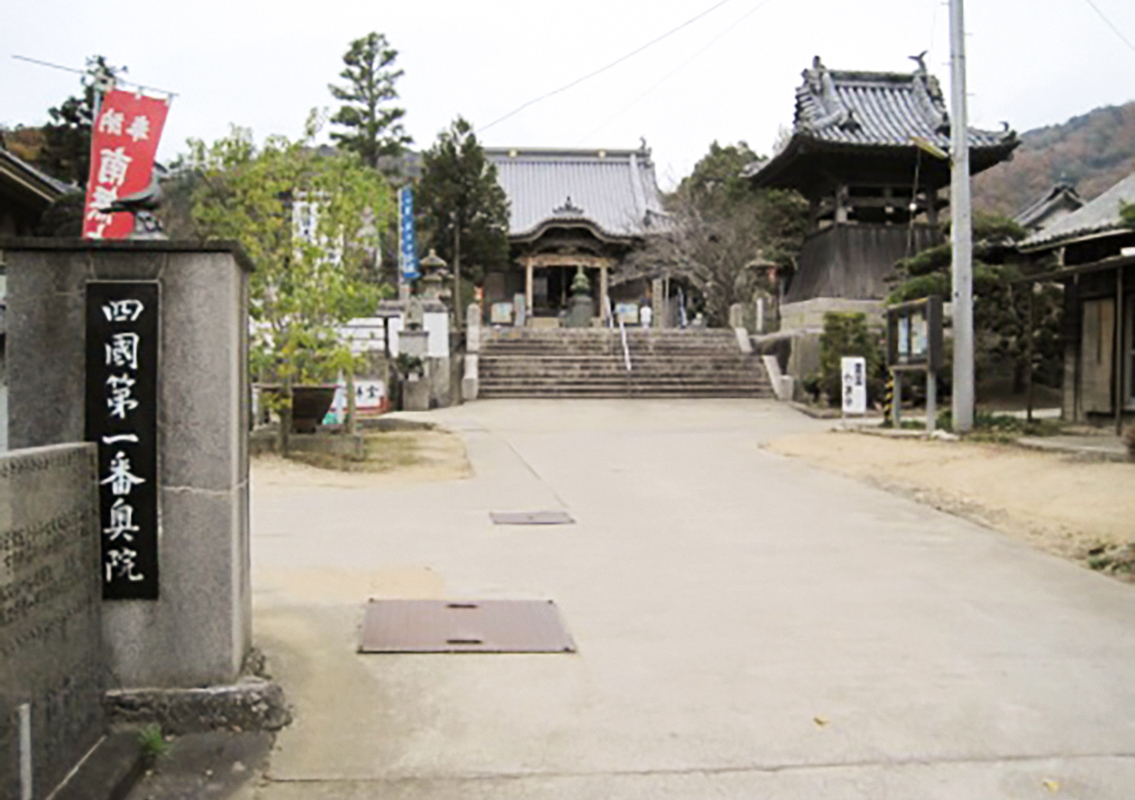 Torin-in Temple
Torin-in TempleThis temple is an inner shrine of the Ryozenji Temple, known as “Tanemaki Tashi”.It is located roughly 3 km east of Ryozenji Temple and 150 m from Awa Shrine.During the time that Kobo Daishi stayed at Ryozenji, he planted rice and wheat, and encouraged agriculture. At the same time, he is also said to have prayed to drive out sickness and drought.
-
3
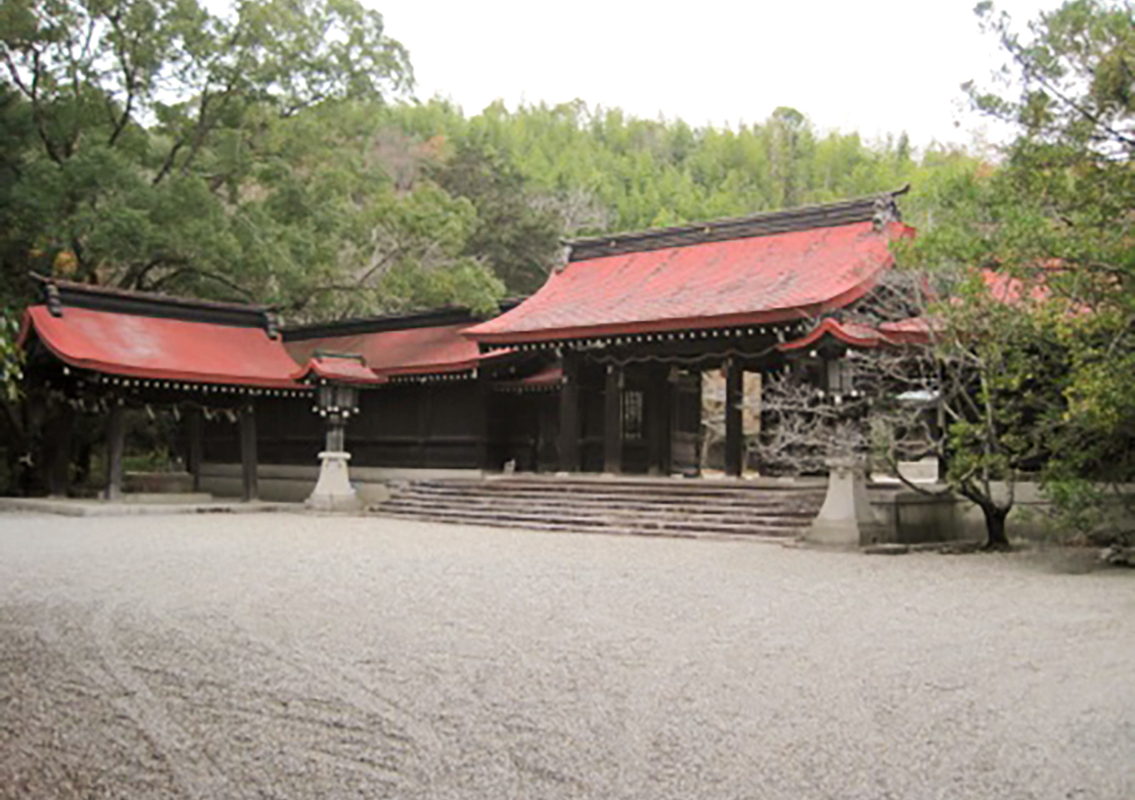 Awa Shrine
Awa ShrineDuring the Jokyo Rebellion of 1221 (year 3 of the Jokyo era), Emperor Tsuchimikado left the capital for Tosa and subsequently moved to Awa in 1223 (year 2 of the Joo era). He passed away in 1231 (year 3 of the Kangi era) and is enshrined here.
-
4
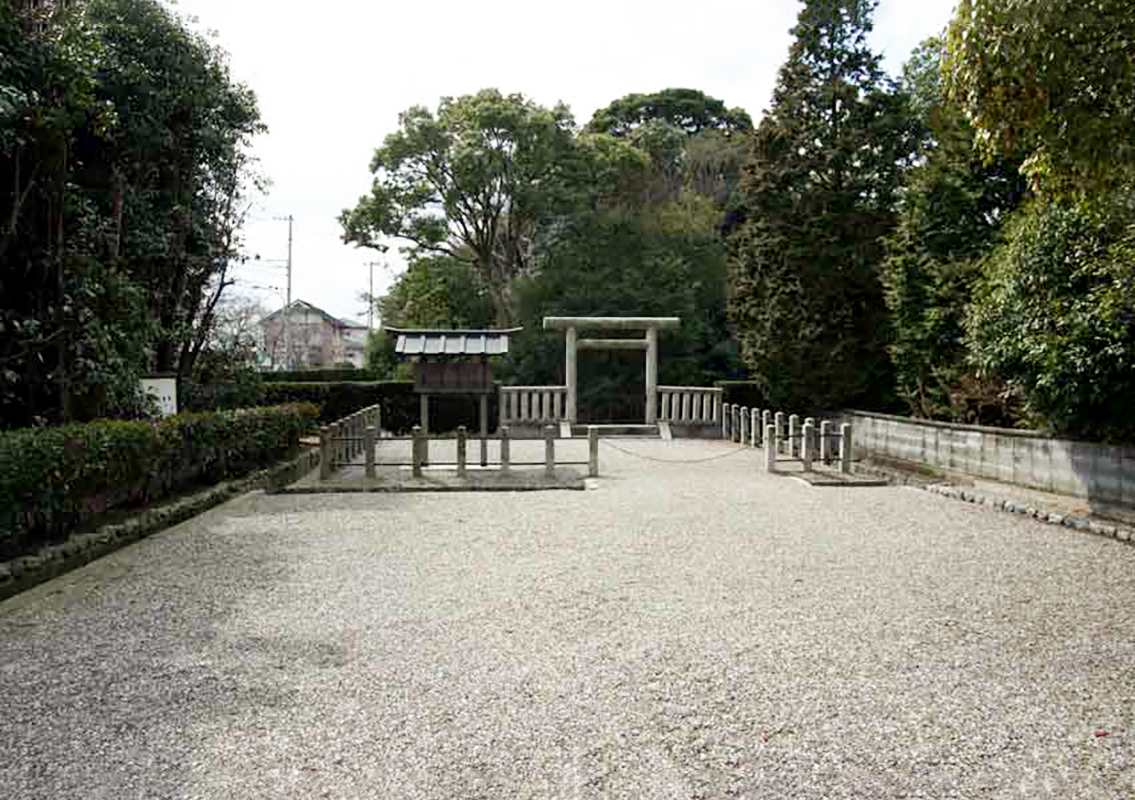 Cremation Mound of Retired Emperor Tsuchimikado
Cremation Mound of Retired Emperor TsuchimikadoThis circular earth mound with a rectangular frontage stretches 45 m east to west, 30 m north to south, and is 5 m tall at its highest point.Following the Jokyu Rebellion, Emperor Tsuchimikado left the capital for Tosa but moved to Awa in 1223 (year 2 of the Joo era) where he was welcomed by Ogasawara Nagatsune.The Emperor passed away in 1231 (year 3 of the Kangi era) at the age of 37 and is said to have been cremated at this site.
-
Amano Kawawake Shrine Burial Mounds
Comprising 11 ancient burial mounds, including two circular mounds with rectangular frontages, and containing three ship mirrors thought to have been brought to Japan from overseas, these burial mounds were made in the late Kofun period.Next to the main burial mounds are Hodoji burial mounds and the Hagiwara second grave.
-
6
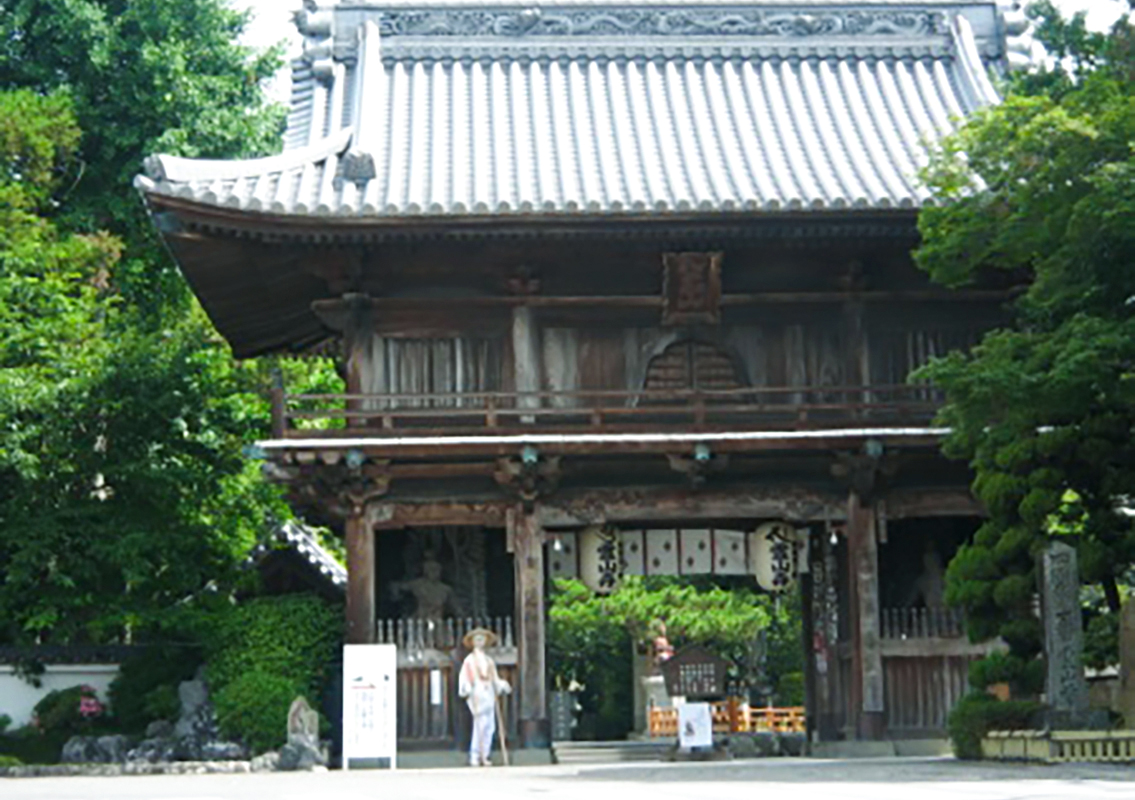 Ryozenji Temple
Ryozenji TempleThis is the first temple in the Shikoku pilgrimage.It is said that this temple was founded by Gyoki Bosatsu by the order of Emperor Shomu, who ruled Japan from 729 to 748 (Tenpyo era).In 815 (year 6 of the Konin era), Kobo Daishi stayed here to pray for 21 days. During this time, he carved an image of Gautama Buddha, which it is said made this temple the first site of the pilgrimage.Having suffered a number of fires, the temple has been rebuilt as a result. Currently, there are several remaining buildings such as the Hondo, Daishido, a multi-storied pagoda, a 13 Buddhas hall, and a Nio statues hall.
-
7
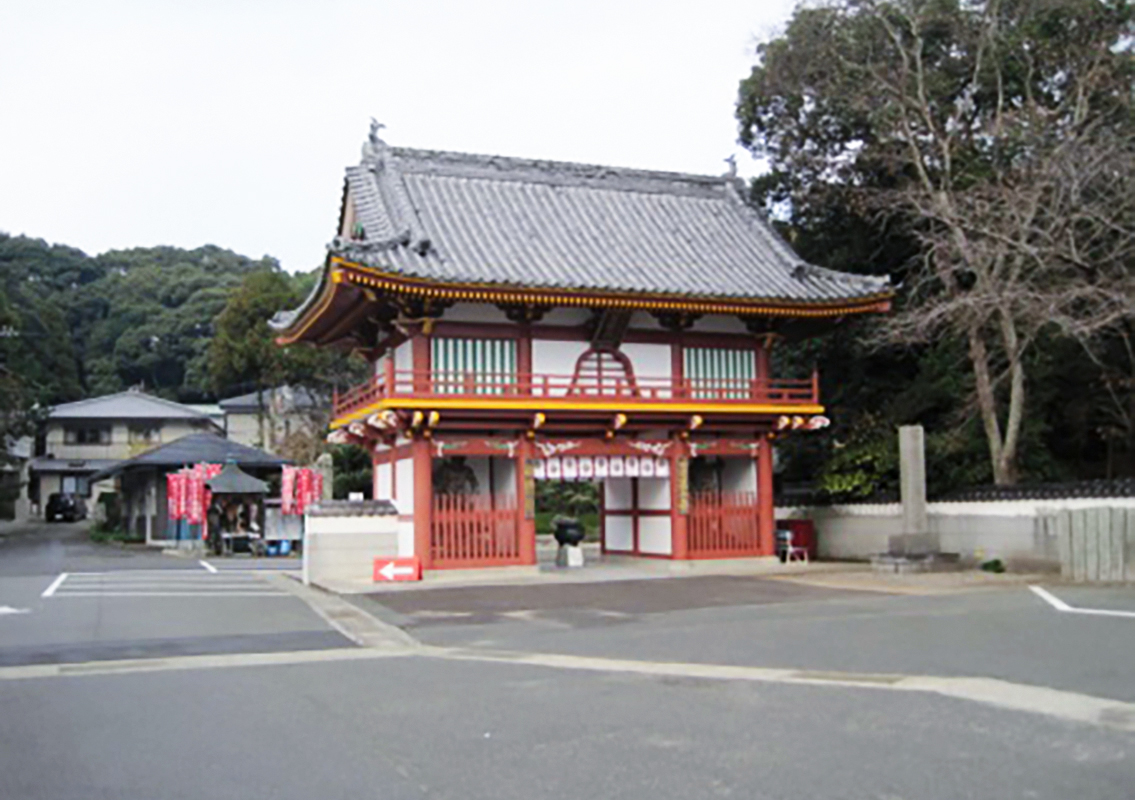 Gokurakuji Temple
Gokurakuji TempleThis is the second temple site in the Shikoku pilgrimage.Said to have been founded by Priest Gyoki Bosatsu, the temple is revered as the home of a statue of Amida Nyorai created by Kobo Daishi.The large cedar trees growing next to the temple water basin within the temple precinct are said to have been planted by Kobo Daishi.The temple burnt down in a wartime fire set by the Chosokabe army in the Tensho period (the later half of the 16th century), but the current Hondo pavilion was rebuilt in 1659 (year 2 of the Manchi era).This temple is the 21st site of the 33 sacred sites on the Awa Saikoku Kanon Pilgrimage.
-
8
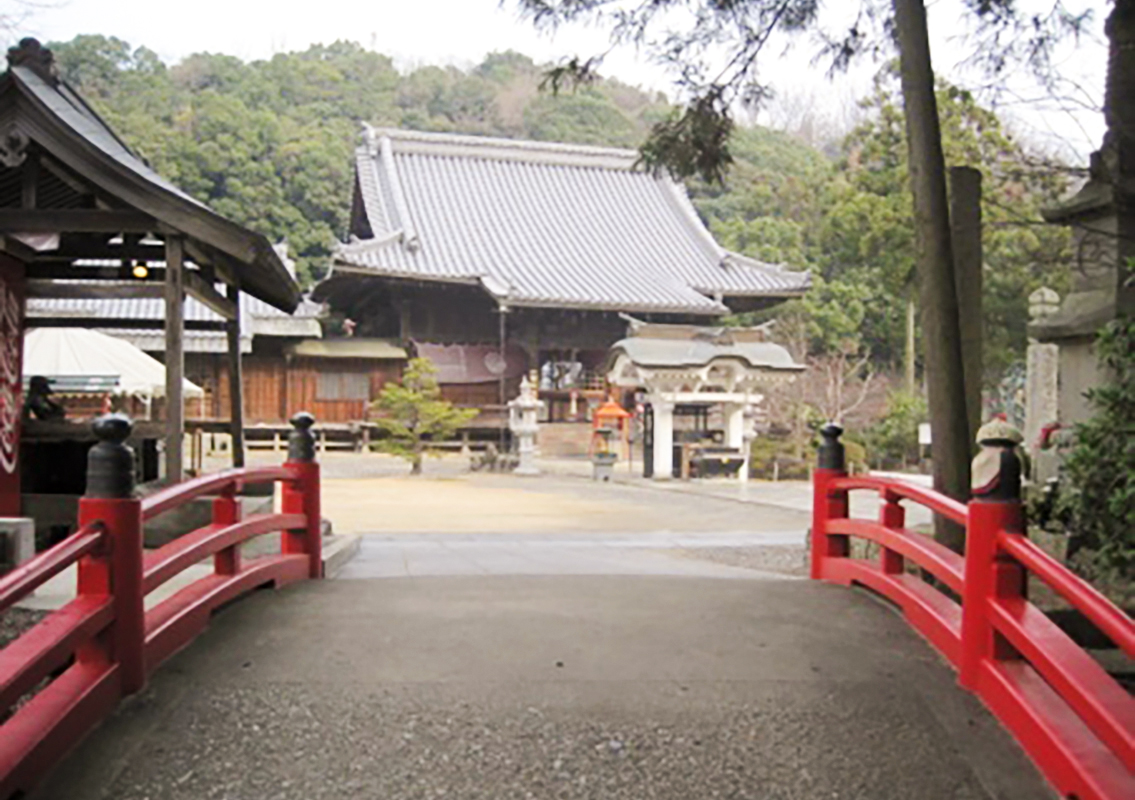 Konsenji Temple
Konsenji TempleThis is the third temple site in the Shikoku pilgrimage.Said to have been founded by the Priest Gyoki Bosatsu, this temple was called Konkomyoji Temple. However, when Kobo Daishi visited the temple in the Konin period (at the beginning of the 9th century) and saw that sacred water was flowing freely in the golden well, it is said that he changed the name of the temple to “Kosenji” (Golden Spring Temple).This temple is a home to three famous relics, “Golden Well”, “Mausoleum of Southern Dynasty Emperor Chokei”, and “Power Stone of Benkei”.



